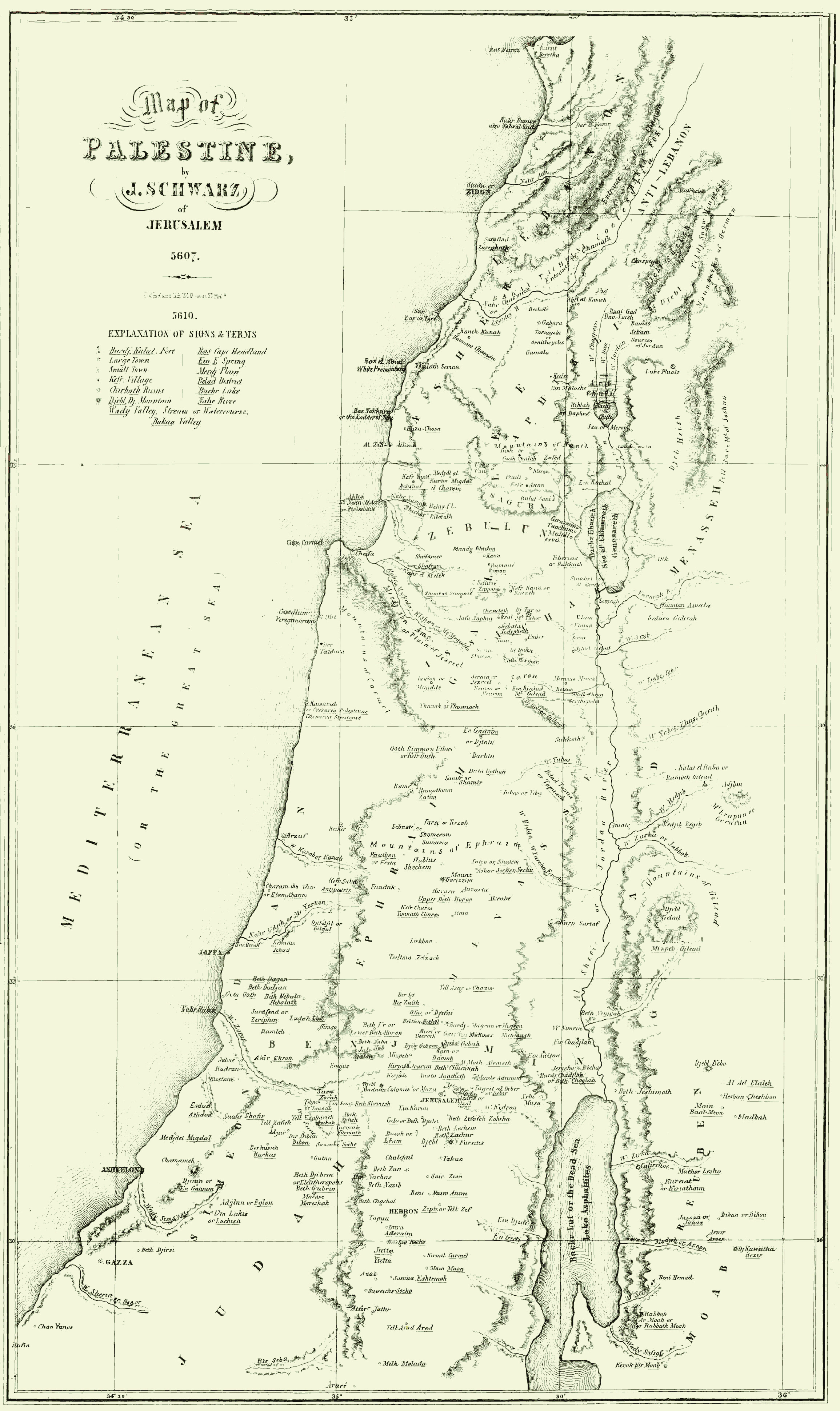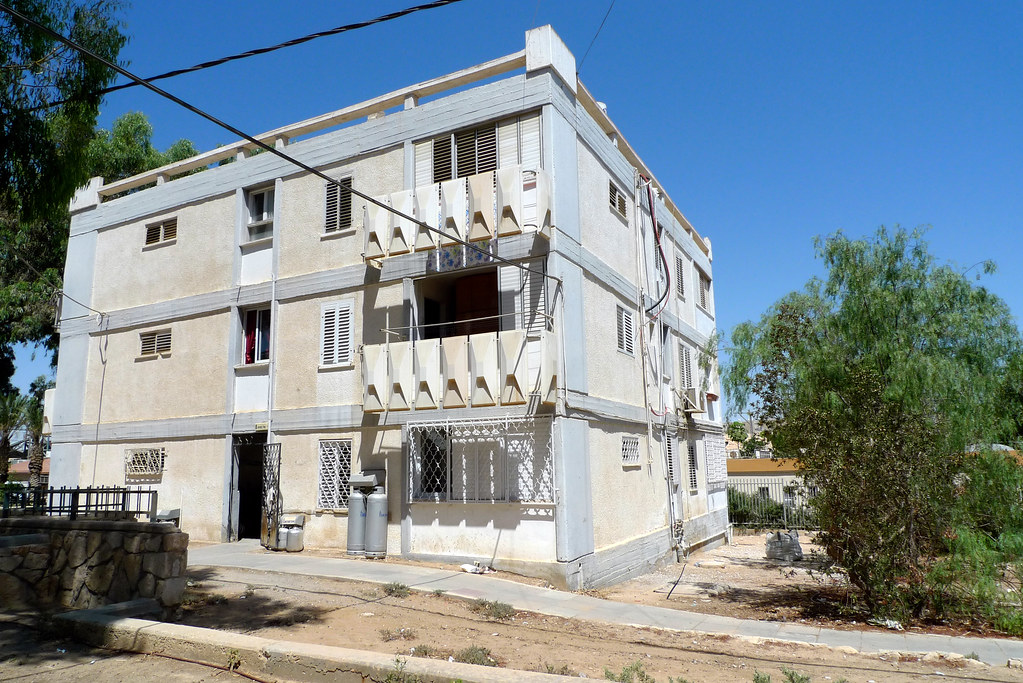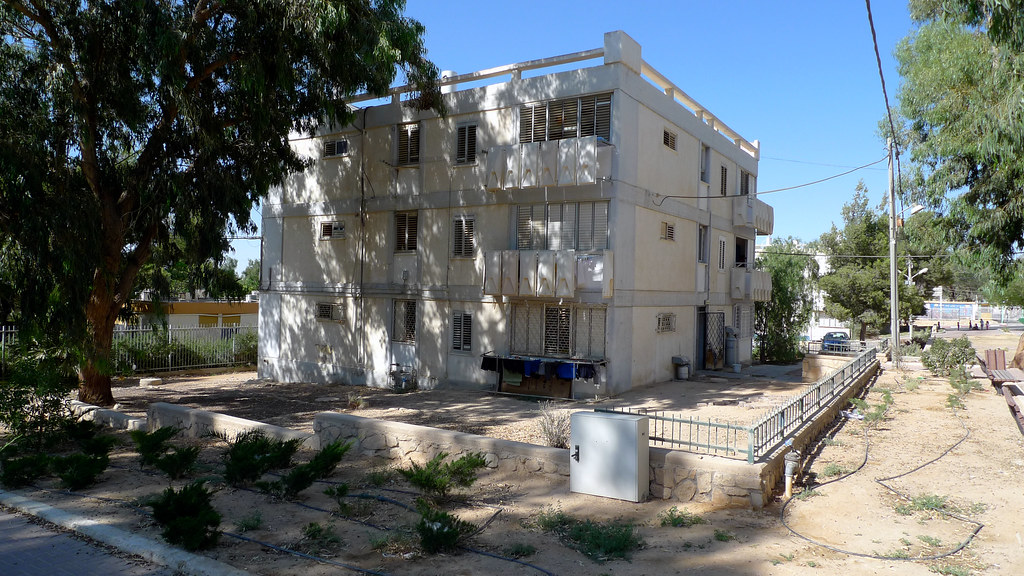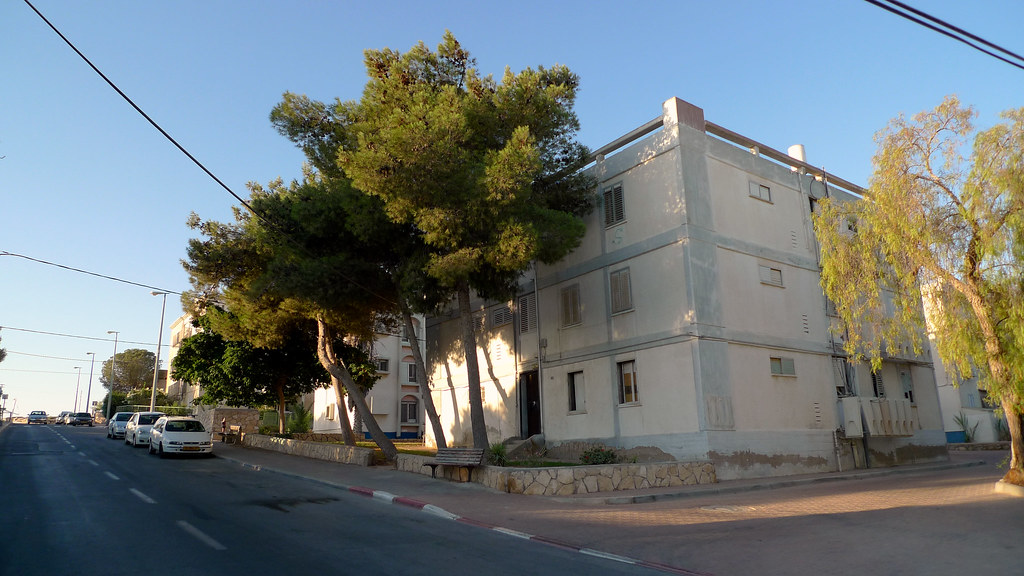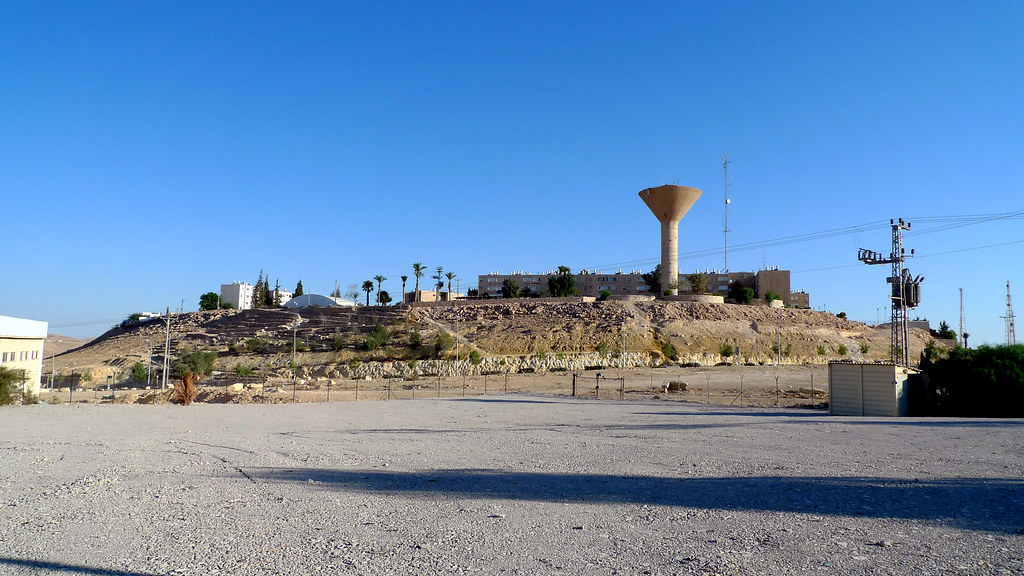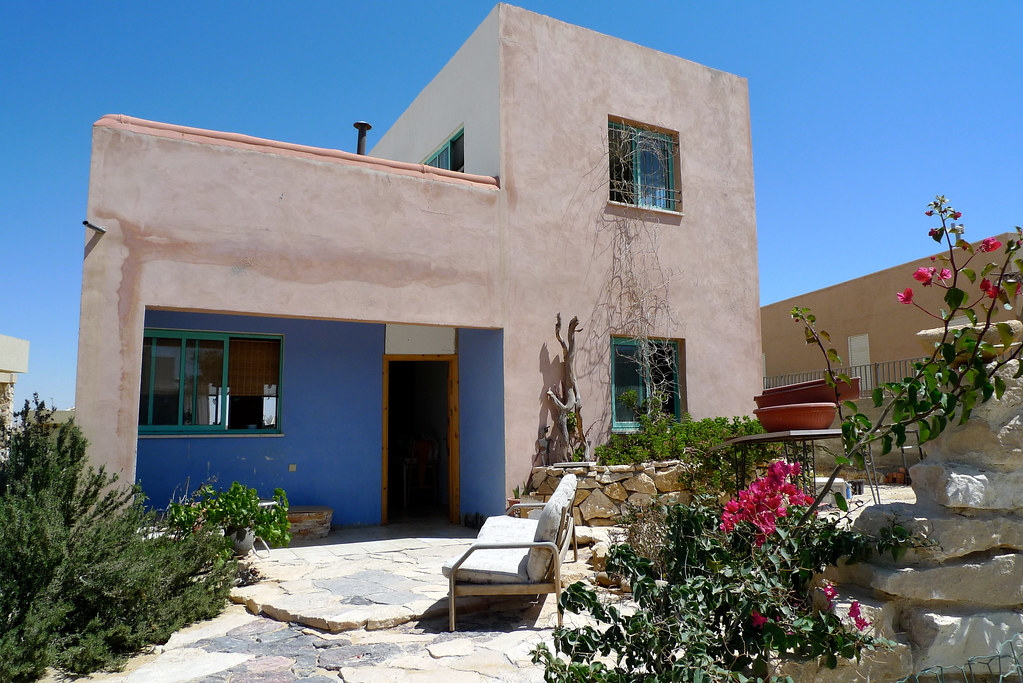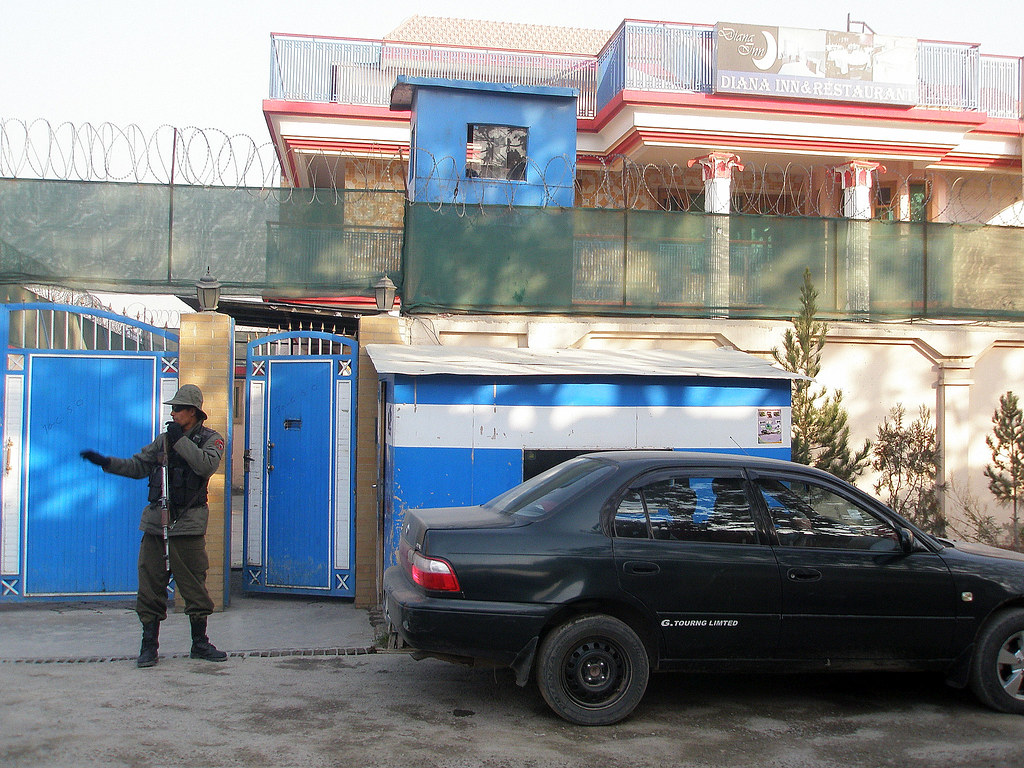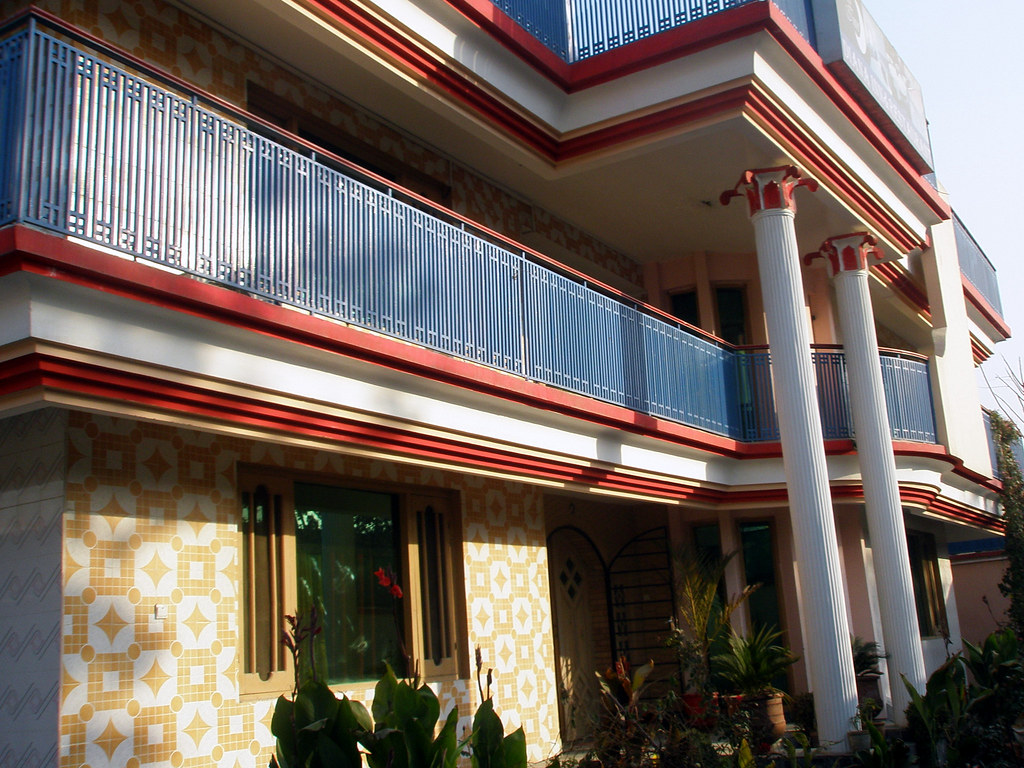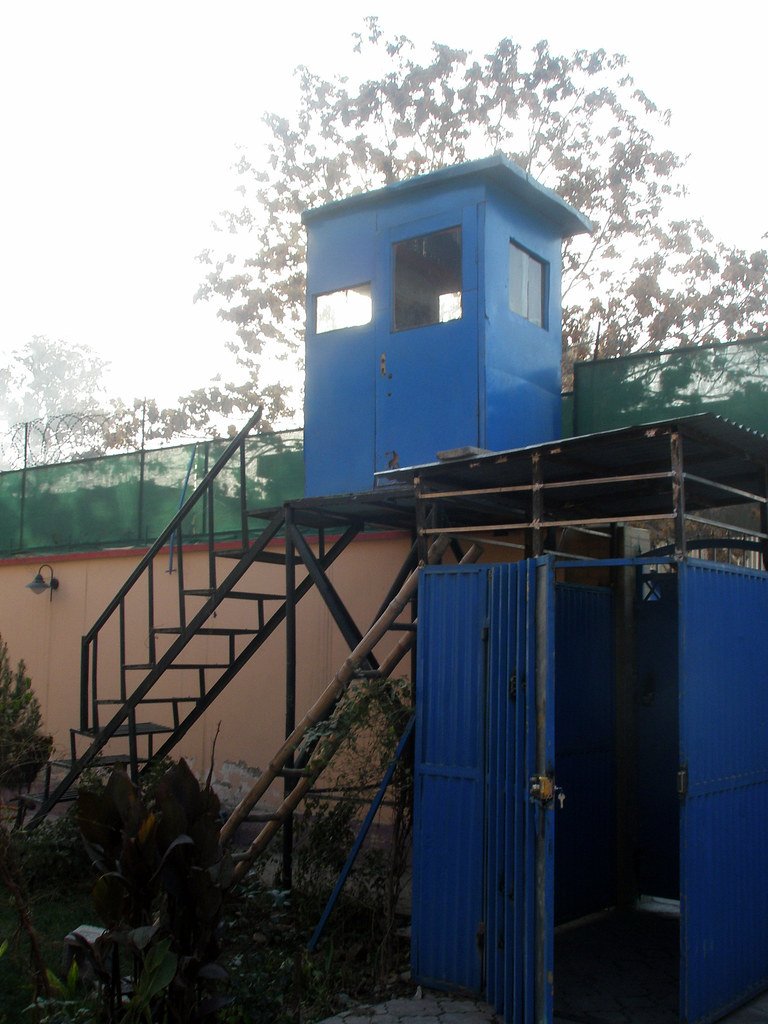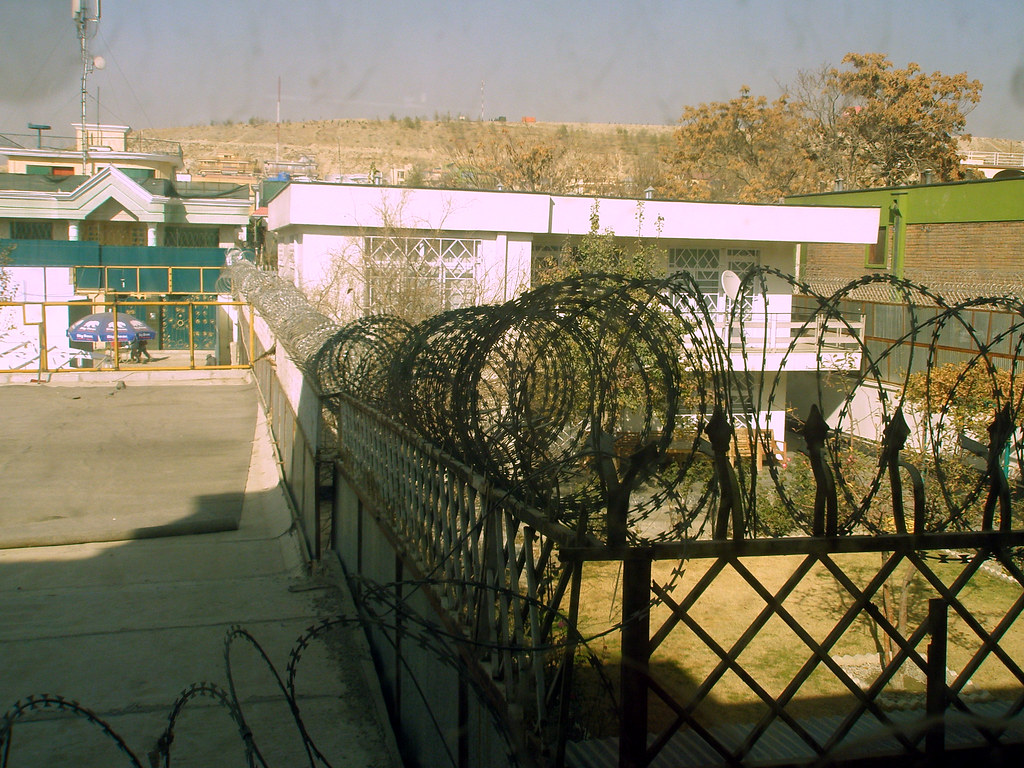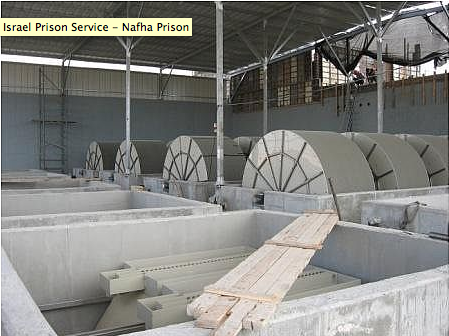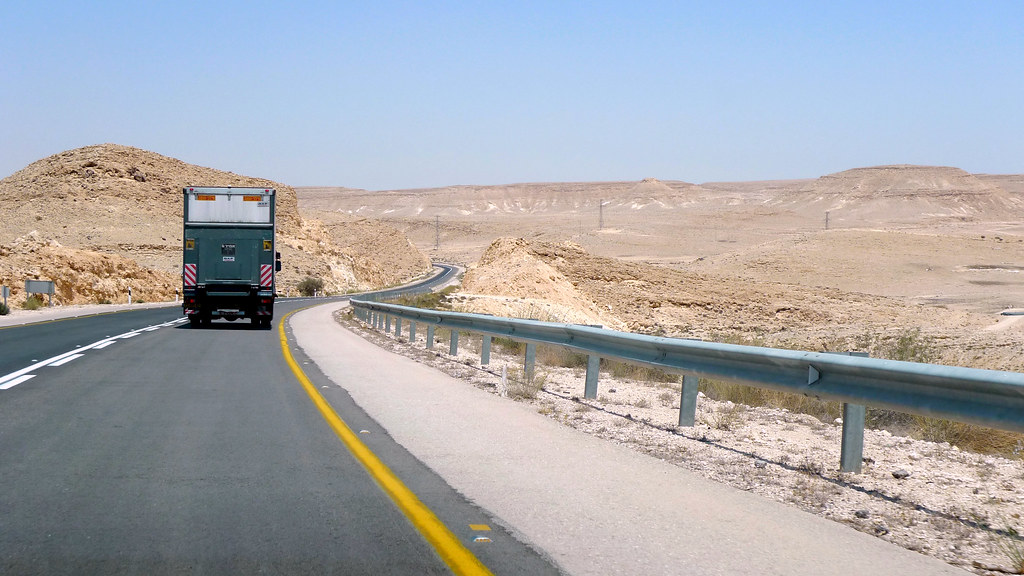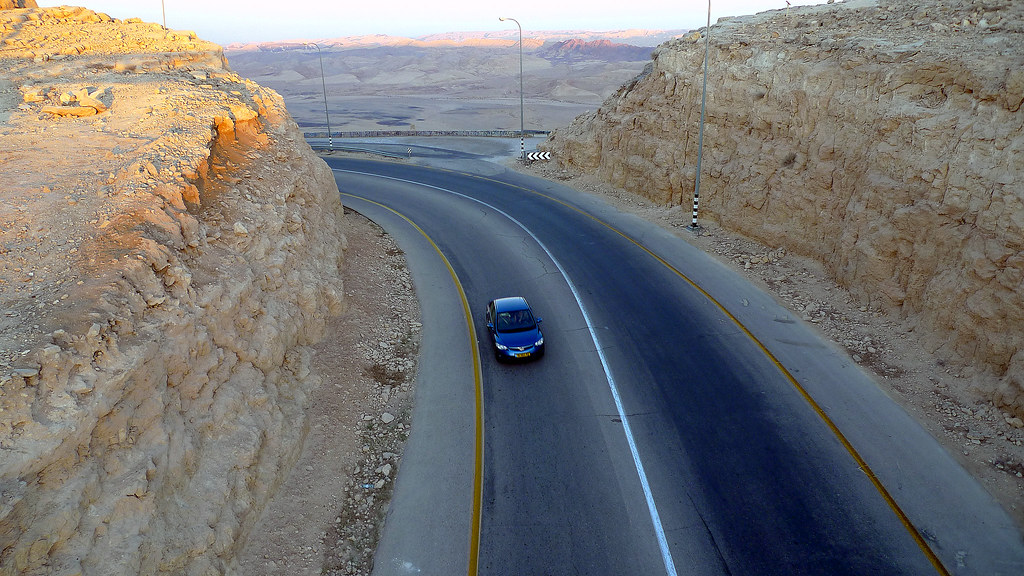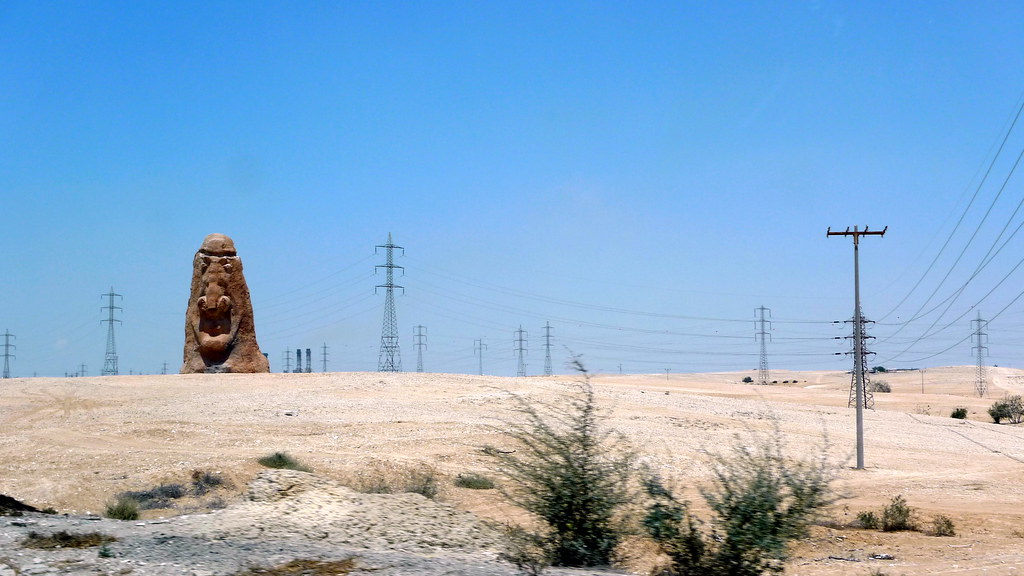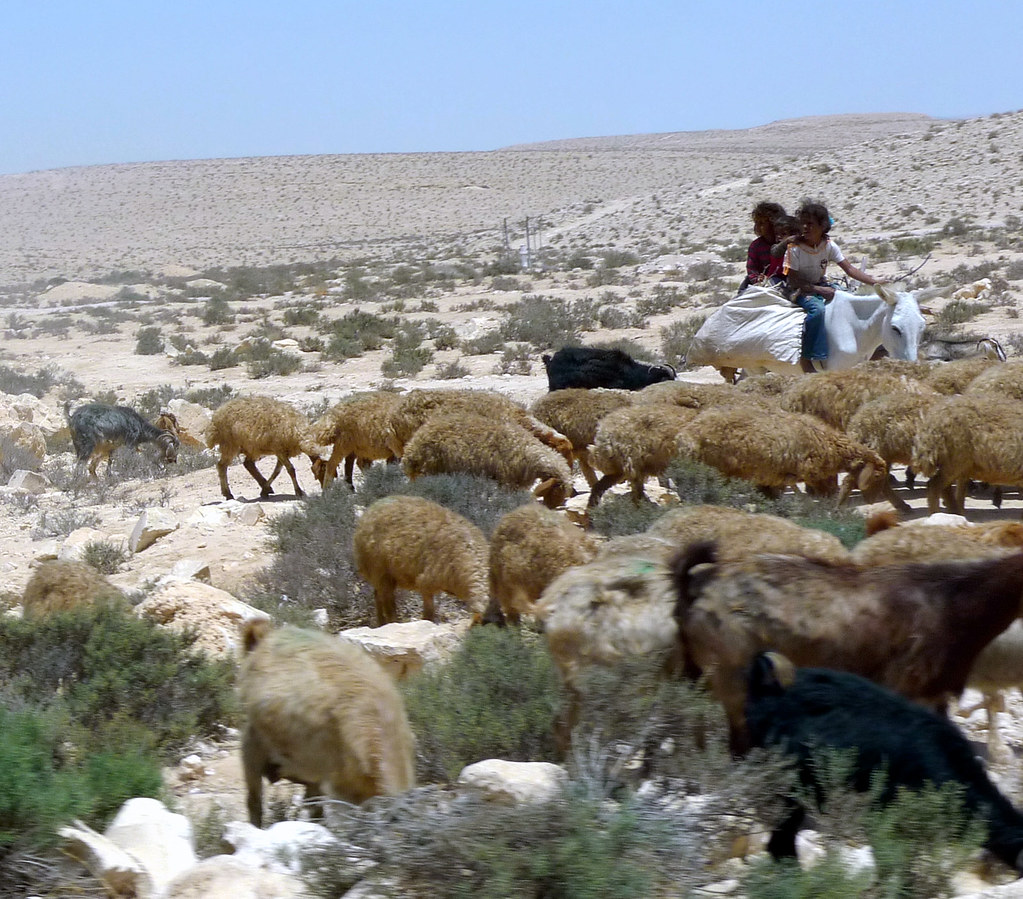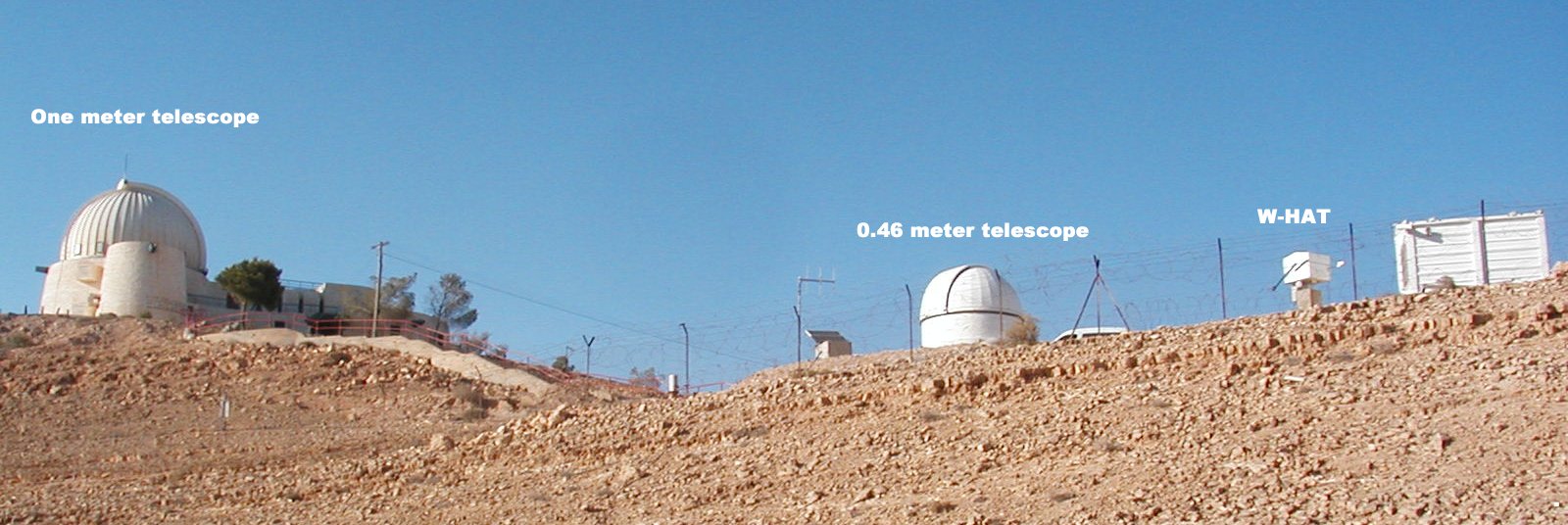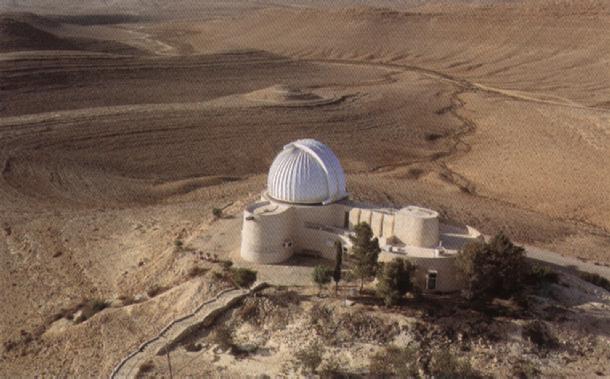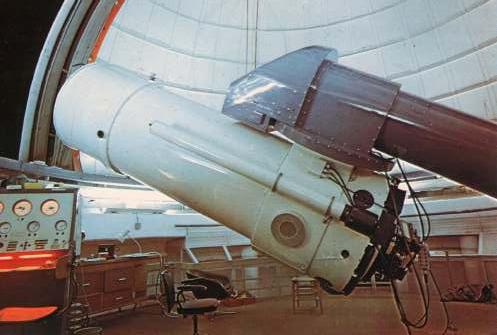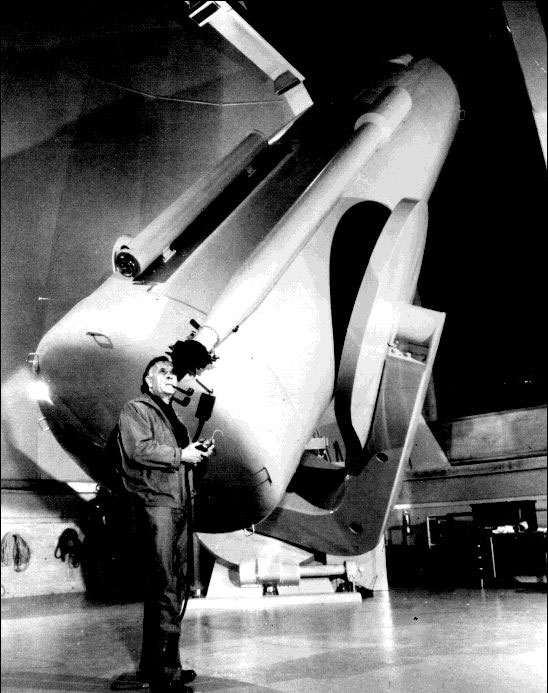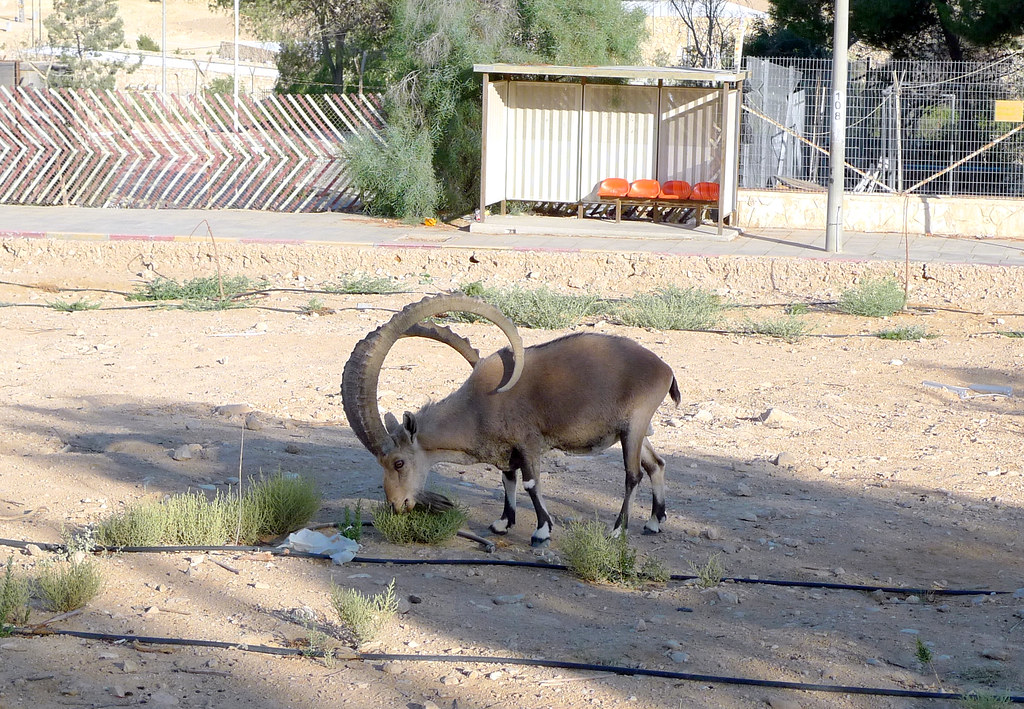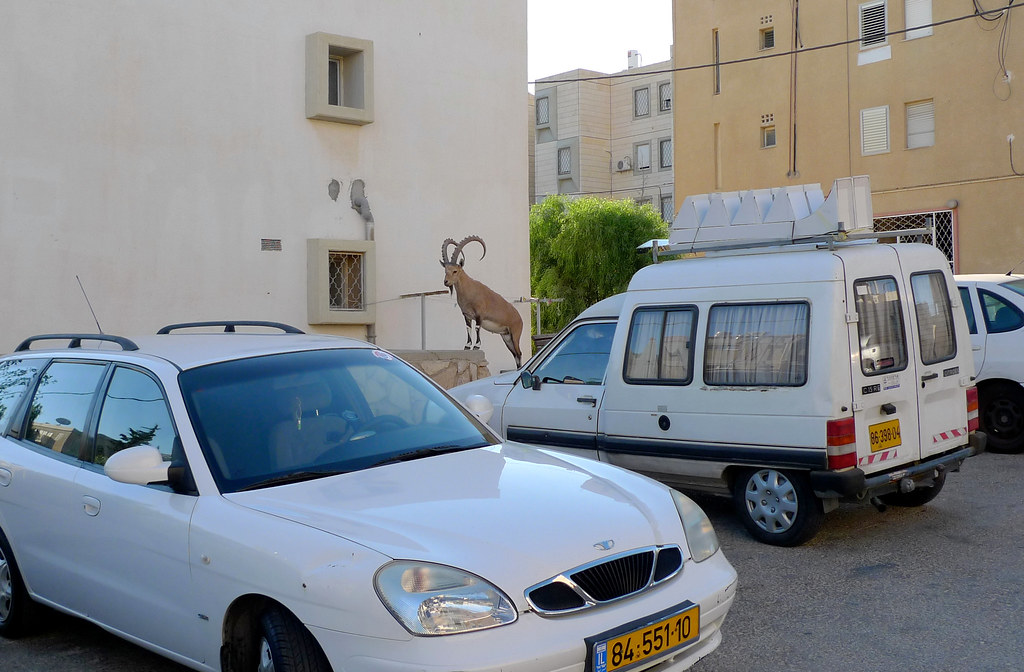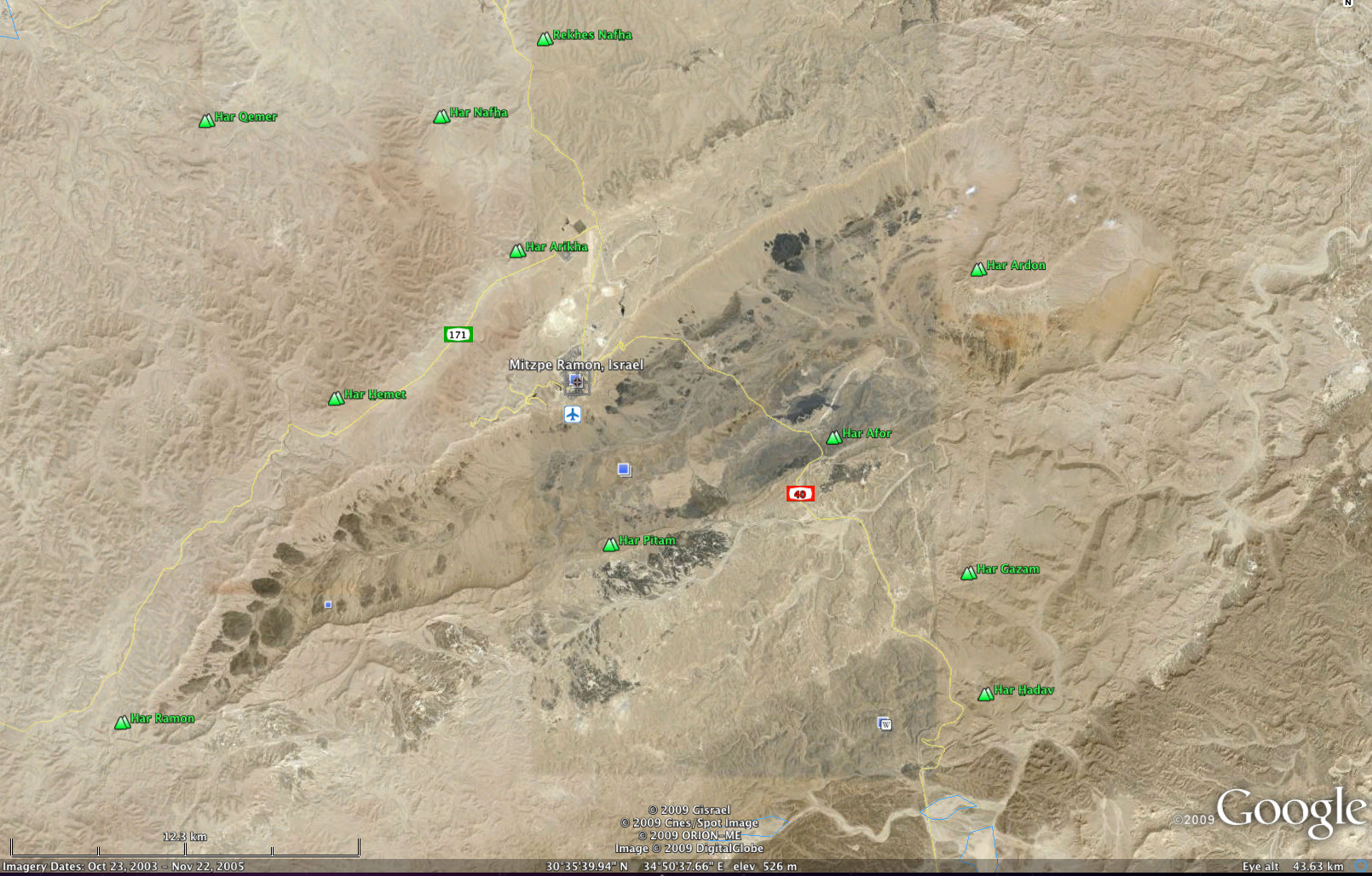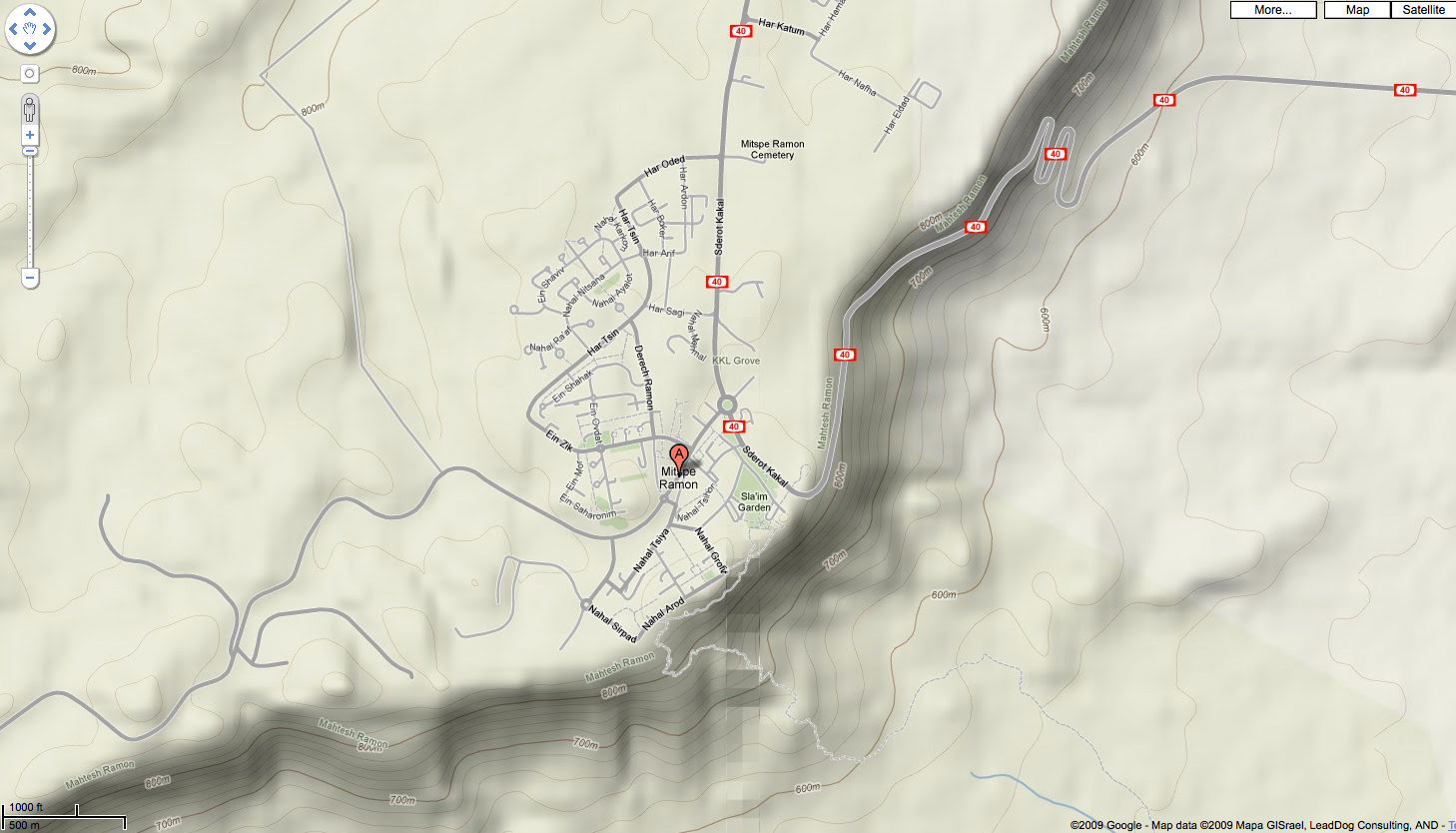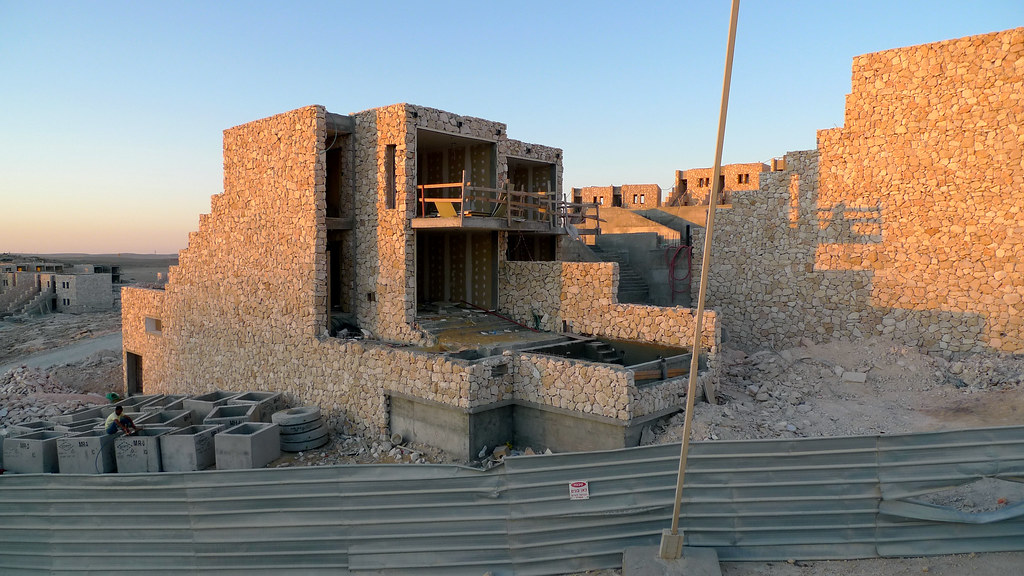"And so a torturous, round-about refugee trail sprang up. Paris to Marseilles, across the Mediterranean to Oran [in Algeria], then by train or auto or foot across the rim of Africa to Casablanca in French Morocco. Here the fortunate ones through money or influence or luck might obtain exit visas and scurry to Lisbon, and from Lisbon to the New World. But the others wait in Casablanca, and wait and wait and wait." -- Casablanca, The MovieIt seems like this is what we have been doing for months - wait...and wait...and wait. There is no rushing a government bureaucracy. I always said it was a good thing I was never a refugee, or I would be dead. Waiting in lines, dealing with bureaucrats, dealing with documents -- these things are not my strong suit. I was encouraged when I heard about Nefesh b'Nefesh and how they took the pain out of dealing with the bureaucracy, but while they make navigating the government hurdles easier, they don't remove any of them. You still have to come up with all of the ridiculous (to me, at any rate) papers that the Israeli Ministry of the Interior insists upon.
If you are young (as many making Aliyah are), there are not so many documents to deal with. If you are older or have a more complicated life, things get more difficult. Most people in their 20s will need a birth certificate and passport. That's it. If you're married, throw in a marriage license. Interestingly, the Ministry of the Interior cares only about civil documents. They don't want any religious documents, such as a Ketubah, but if you are a convert, they want your conversion papers. Divorced, you need the divorce papers, and preferably the corresponding marriage license to go along with it. Proof of Judaism papers in the form of a letter from your Rabbi on official synagogue stationary and your orthodox conversion papers if you are a convert, together with a discription of your course of studies to convert and a letter from your current Rabbi saying that you are still on the derech. All papers must be original or certified copies. What's that you say? You only have copies? Go back to square one until you get all the originals.
One lovely document you will need for almost all of your official civil documents, is an apostille. What's that you say? You've never heard of an apostille? An apostille is the equivalent of an international notary public seal, certifying that the original, certified copy you have is indeed, an original certified copy. It is something one state entity uses to certify a document to another state entity. Why doesn't an apostille need an apostille? Beats me. You'll have to ask the bureaucrats who thought this up, but apparently the possibility of an infinite regression of apostilles proved daunting even to the mind of doughty bureaucrats.
Now the thing that's really silly about an apostille, as if an infinite regression of them isn't silly enough, is that it is much easier to forge than the original document that it vouches for. The only security markings on an apostille are a trivial gold seal, like something out of kindergarten, and watermarked paper. Believe me, if you managed to forge the document the apostille vouches for, you will have no problem forging an apostille. No doubt this does not trouble the mind of the bureaucrat, but it bothers me alot. In fact, I've lost sleep over it, but I suppose it is really not my problem.
An apostille from the State of New York certifying a divorce certificate
To make things really interesting in our case, The Powers That Be were troubled by the fact that the first name on my birth certificate is not the first name I have on the rest of my public documents, such as passport, drivers license, marriage license, etc. I guess my parents just decided they didn't like the name they gave to the nurse to put on my birth certificate and assigned me a different name at my bris. To further complicate matters, when that name was entered onto my official birth certificate, the clerk made two typos, rendering it a word that is not even a name in the English language.
Despite my assurances to the Israeli government that there were only two Machefskys ever born in the State of Tennessee, and I was one of them, they originally insisted I must have my name changed on my birth certificate. This entailed a trip back to Memphis to appear in court with my lawyer to attempt to do so. Here I was summarily ejected from court because Tennessee law requires you to be a resident of the state to change your name. Shoots and Ladders - back to square one.
So, the Israeli government takes pity on me and decides that I only need change my name; that will do, and that I can do in New Jersey, where you need not even be a resident to change your name. Sounds easy, but nothing involving the court system is. Secure another lawyer, in this case a friend who volunteered to help out, submit new court papers, advertise said name change in the local papers (a New Jersey requirement), get on the judges schedule sooner than 3 months by begging and pleading with his clerk, and voila, after 6 weeks, you have become the person you originally were anyway - "Ira Machefsky".
 So all of this nahrishkeit takes about 3 months more than we expected, and my wife is really fuming and pissed off. However, it must have been worth all the effort. The letters of transit are finally in our hands:
So all of this nahrishkeit takes about 3 months more than we expected, and my wife is really fuming and pissed off. However, it must have been worth all the effort. The letters of transit are finally in our hands: Ugarti has been shot. Monsieur Rick has signed the Letters of Transit over to us. Soon, we will be on the plane out of Casablanca headed to a new world.To all officers. Two German couriers carrying important official documents murdered on train from Oran. Murderer and possible accomplices headed for Casablanca. Round up all suspicious characters and search them for stolen document. IMPORTANT. --Casablanca, The Movie
Pam with the precious Letters of Transit



